The Birth of Chesapeake Square
Chesapeake Square opened its doors in October 1989, offering a brand-new shopping experience in Chesapeake, Virginia.
Built on what was once forest and swamp land in the Western Branch area, the mall stood out for its size and location. It was part of a wave of new developments aimed at transforming this part of Chesapeake into a commercial hub.
The mall's developer, the Edward J. DeBartolo Corporation, was known for building malls that attracted large crowds, and Chesapeake Square was no exception.
At its grand opening, Chesapeake Square featured four major anchor stores: JCPenney, Sears, Hess's, and Leggett. These names helped draw shoppers from across the Hampton Roads area, solidifying the mall's role as a regional shopping center.
The mall quickly became a focal point in Western Branch, supported by the development of nearby shopping centers like Chesapeake Center and The Crossroads at Chesapeake Square.
Throughout its early years, Chesapeake Square thrived as part of a larger movement to build commercial spaces in growing suburban areas. It wasn't just a place to shop - it became a meeting point for the community.
With its location near I-664, the mall became easily accessible, attracting visitors from surrounding cities and towns. This made it one of the top things to do in Chesapeake, VA, during the 1990s.
The Changing Retail Landscape
As Chesapeake Square moved into the 1990s, it saw the arrival of new stores and the departure of some original tenants. Montgomery Ward opened its doors in 1992, expanding the mall's offerings with a range of appliances and home goods.
However, like many other department stores of its time, Montgomery Ward struggled to keep up with shifting retail trends and eventually closed its Chesapeake Square location in 2001.
The space didn't stay vacant for long - Target quickly took over, expanding its presence in the Western Branch area.
In 1999, another department store joined the mall: Hecht's. This move added to Chesapeake Square's appeal, drawing in shoppers from across Hampton Roads who were looking for high-end fashion and home products.
But by 2006, Hecht's rebranded to Macy's, following a corporate consolidation across the country. Macy's iconic branding helped keep Chesapeake Square relevant as a regional shopping destination during the mid-2000s.
Despite these additions, the retail landscape began to change rapidly in the late 2000s. In 2009, Dillard's announced the closure of both its Men's and Women's stores.

Ownership Changes and the Impact of Redevelopment
The retail challenges Chesapeake Square faced weren't limited to store closures. In 2014, Simon Property Group, which had managed the mall for years, sold several of its properties, including Chesapeake Square, to Washington Prime Group.
This move came at a time when traditional shopping malls were struggling to compete with the rise of online shopping and changing consumer behavior.
By 2016, the mall had been foreclosed and was sold back to the lender, signaling deeper financial troubles.
However, Chesapeake Square's fortunes shifted again in February 2018 when Virginia Beach-based Kotarides Developers purchased the mall for $12.9 million.
Kotarides saw an opportunity to breathe new life into the mall, banking on its strategic location near I-664 and the potential to draw shoppers from across the Hampton Roads region.
Kotarides has made redevelopment a key part of their strategy. With several other projects in the area, including the nearby Clairmont at Jolliff Landing luxury apartments, the company envisions a future where Chesapeake Square could once again serve as a vibrant commercial hub.
Although the mall's occupancy rate stood at 58% at the time of purchase, Kotarides expressed confidence in its ability to adapt and attract new tenants by offering a mix of retail, entertainment, and community events.
Challenges in the Retail Sector
Chesapeake Square, like many malls across the U.S., faced growing challenges in the 2010s as the retail sector evolved.
Despite these challenges, Cinemark invested in the mall by opening a 12-screen theater featuring an Extreme Digital auditorium in 2011.
The theater aimed to attract local families and moviegoers, adding an entertainment option beyond shopping. However, even with this addition, Chesapeake Square struggled to maintain its earlier vibrancy.
In that period, Sears closed its Chesapeake Square store as part of a wave of closures across the country. This closure in 2014 dealt a blow to the mall, reducing foot traffic and leaving large vacant spaces.
In 2015, Macy's, which had rebranded from Hecht's in 2006, announced the closure of its Chesapeake Square location.
This left JCPenney as the last original anchor store standing, highlighting the broader difficulties that traditional department stores were experiencing.
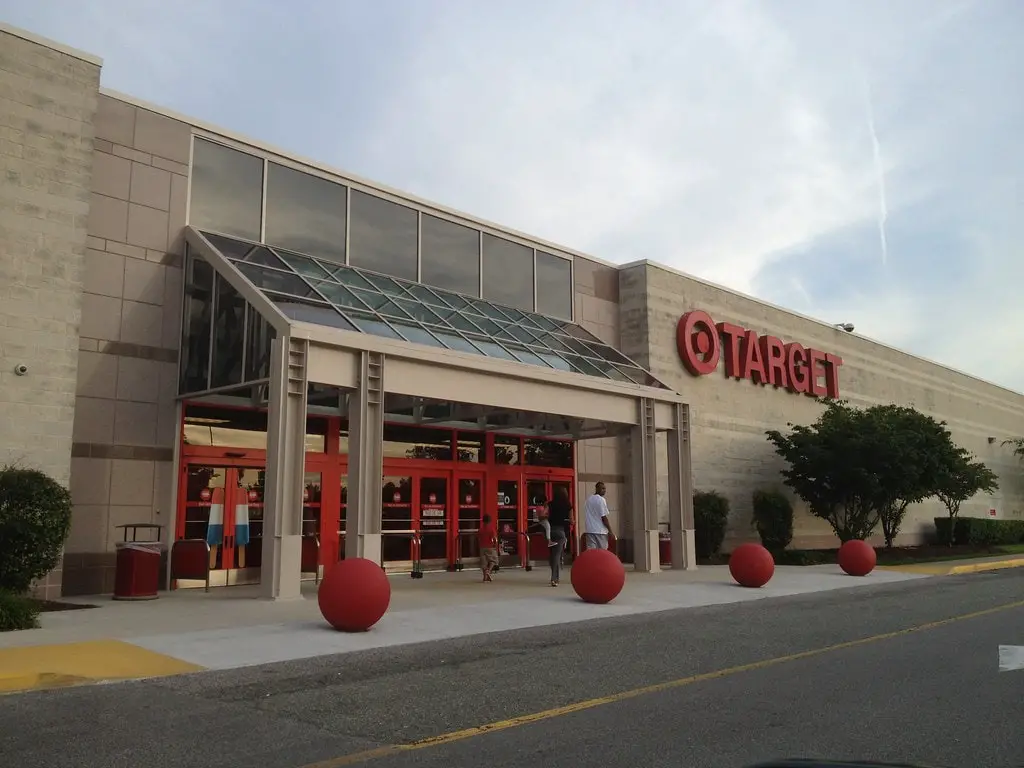
The Future of Chesapeake Square
By 2022, the situation at Chesapeake Square had become more pressing. JCPenney announced its departure by 2022, leaving the mall without any of its original anchor stores.
Burlington, which had replaced Dillard's Men's location in 2010, also closed its doors in 2023, contributing to the ongoing challenges of keeping the mall fully occupied.
Plans for redevelopment have been on the table for some time. Kotarides, which purchased the mall in 2018, has been exploring options to demolish the vacated anchor store buildings and replace them with new retail opportunities.
These efforts reflect the mall's broader shift from being a traditional retail space to a more diversified center that could include entertainment, dining, and smaller specialty stores.
Chesapeake Square currently hosts 37 tenants, offering a limited but diverse selection of shopping and dining options.
Cinemark Theatres and Target remain as major anchors, while local eateries like Woody's Bar and Grill and Twisted Crab provide dining experiences.
Other available tenants include some smaller specialty retailers and clothing stores catering to everyday needs.
Although the mall has faced challenges, it continues to support a range of businesses that appeal to both local shoppers and visitors.
For now, Chesapeake Square stands at a crossroads, with the mall's future resting on whether these new developments can attract enough traffic to turn the tide.

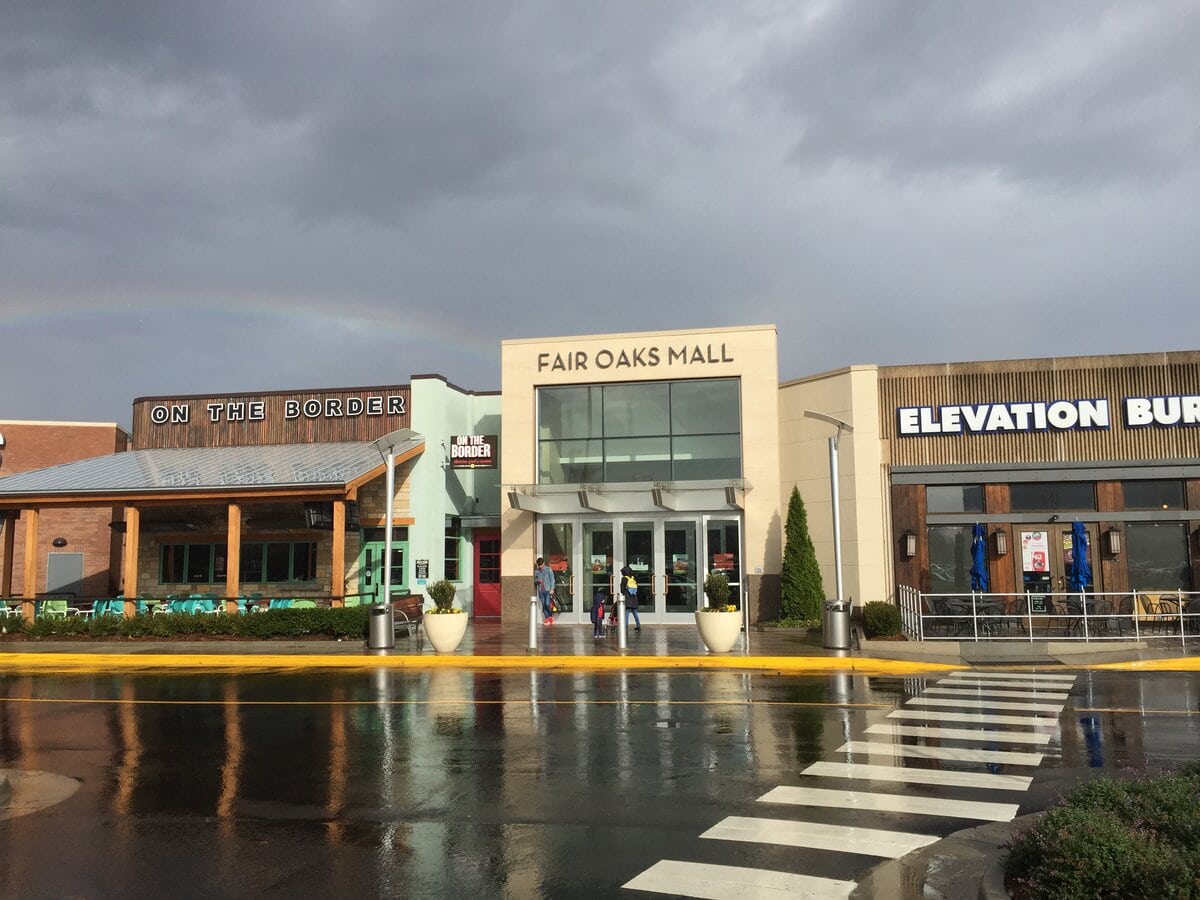
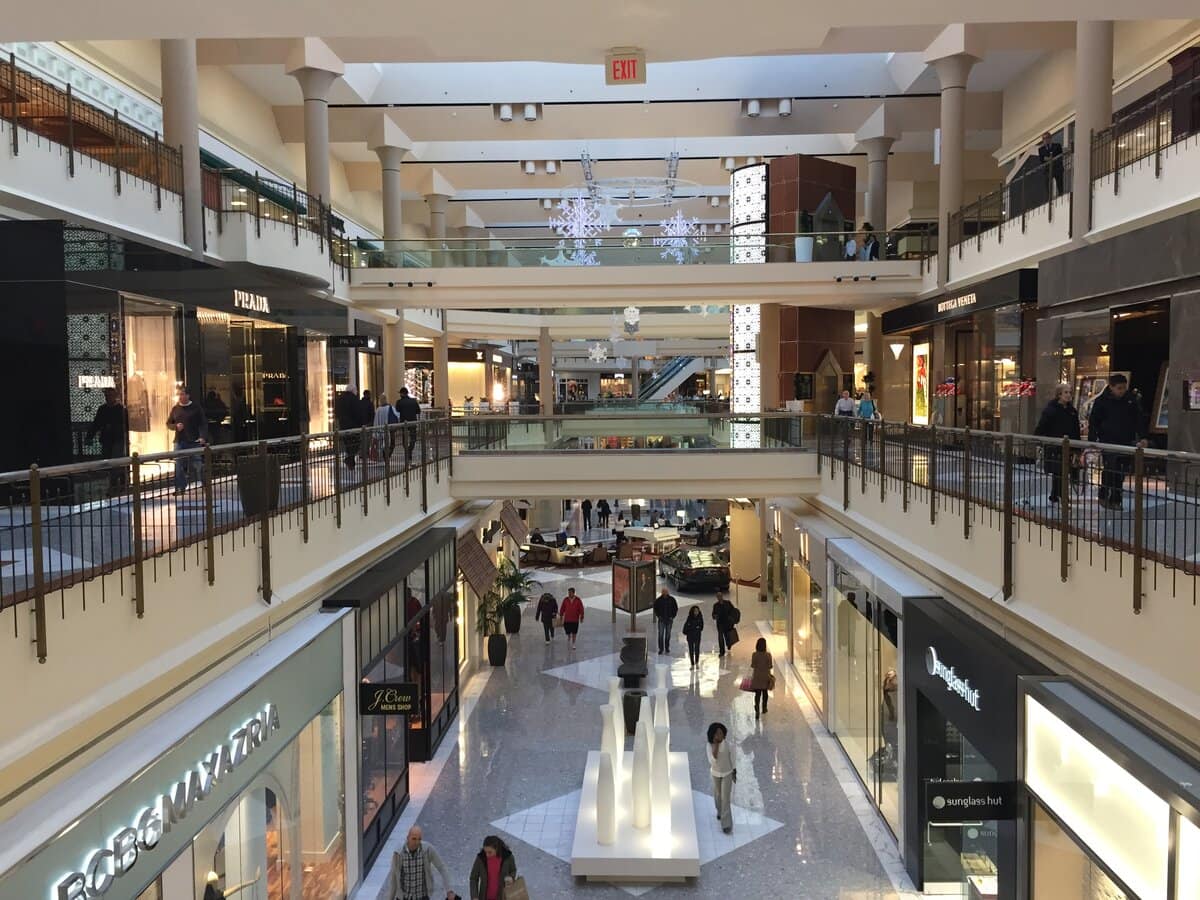
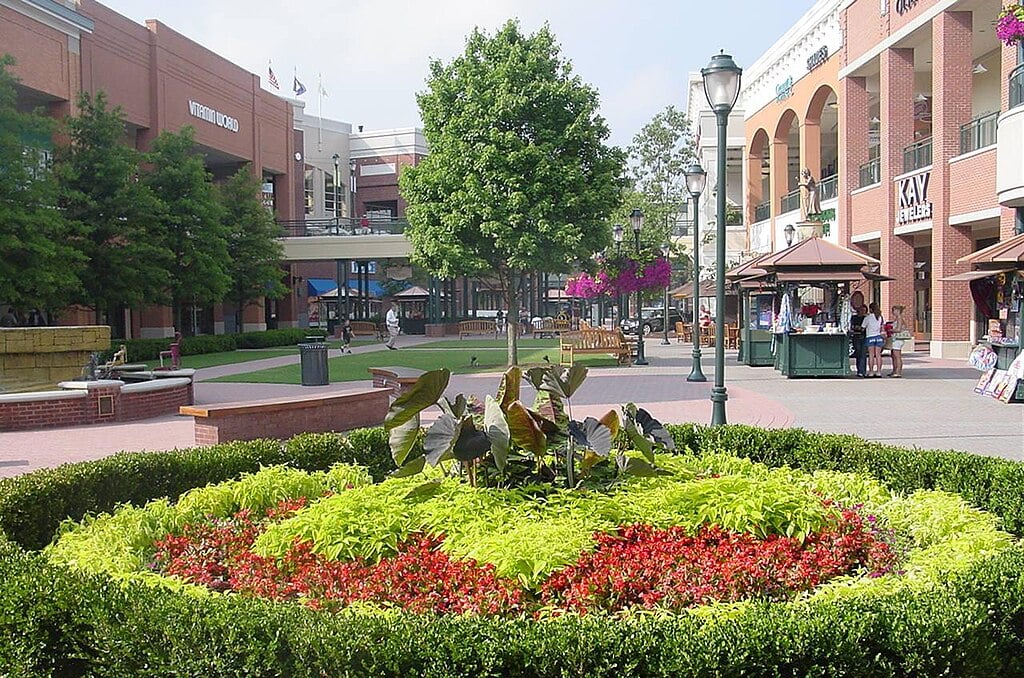
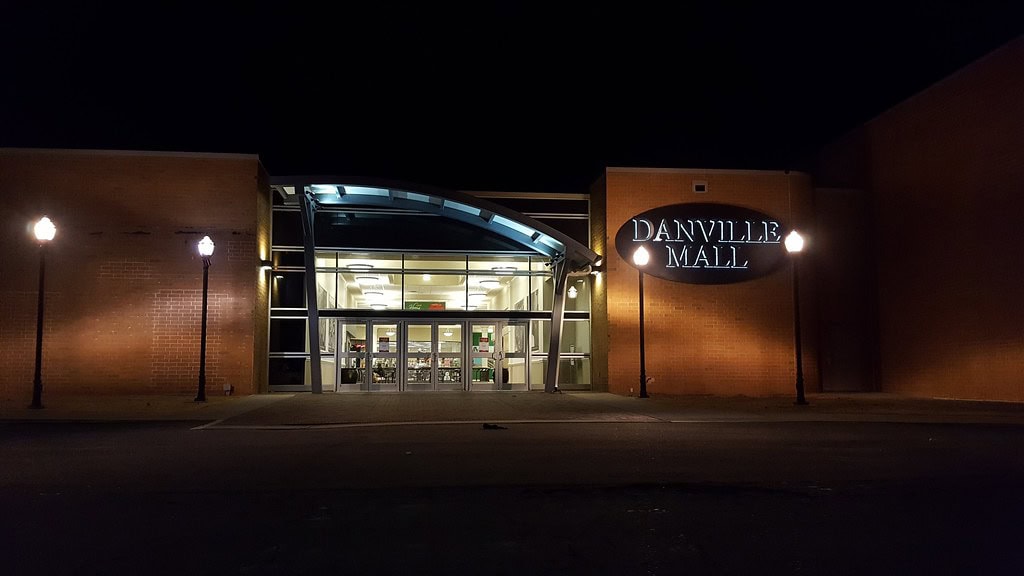
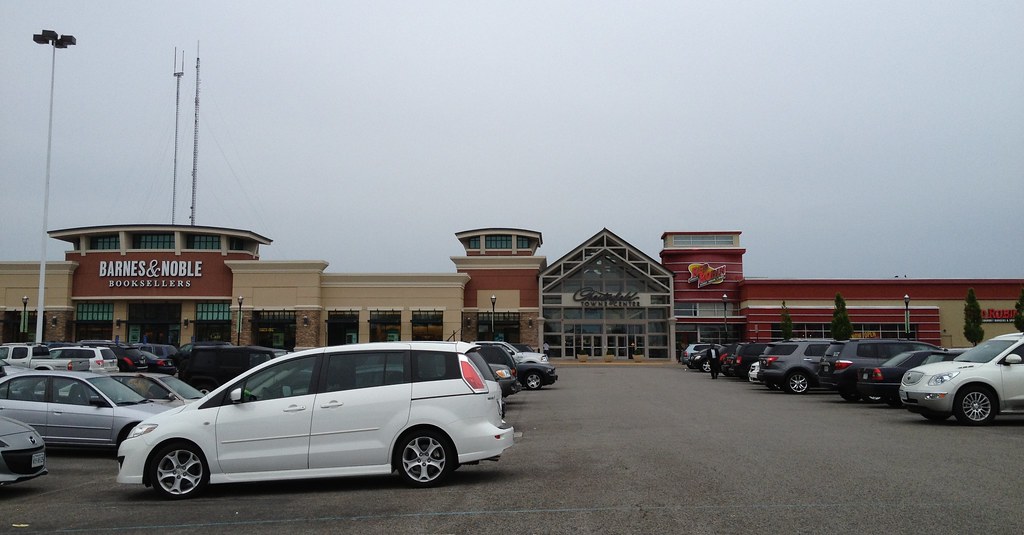
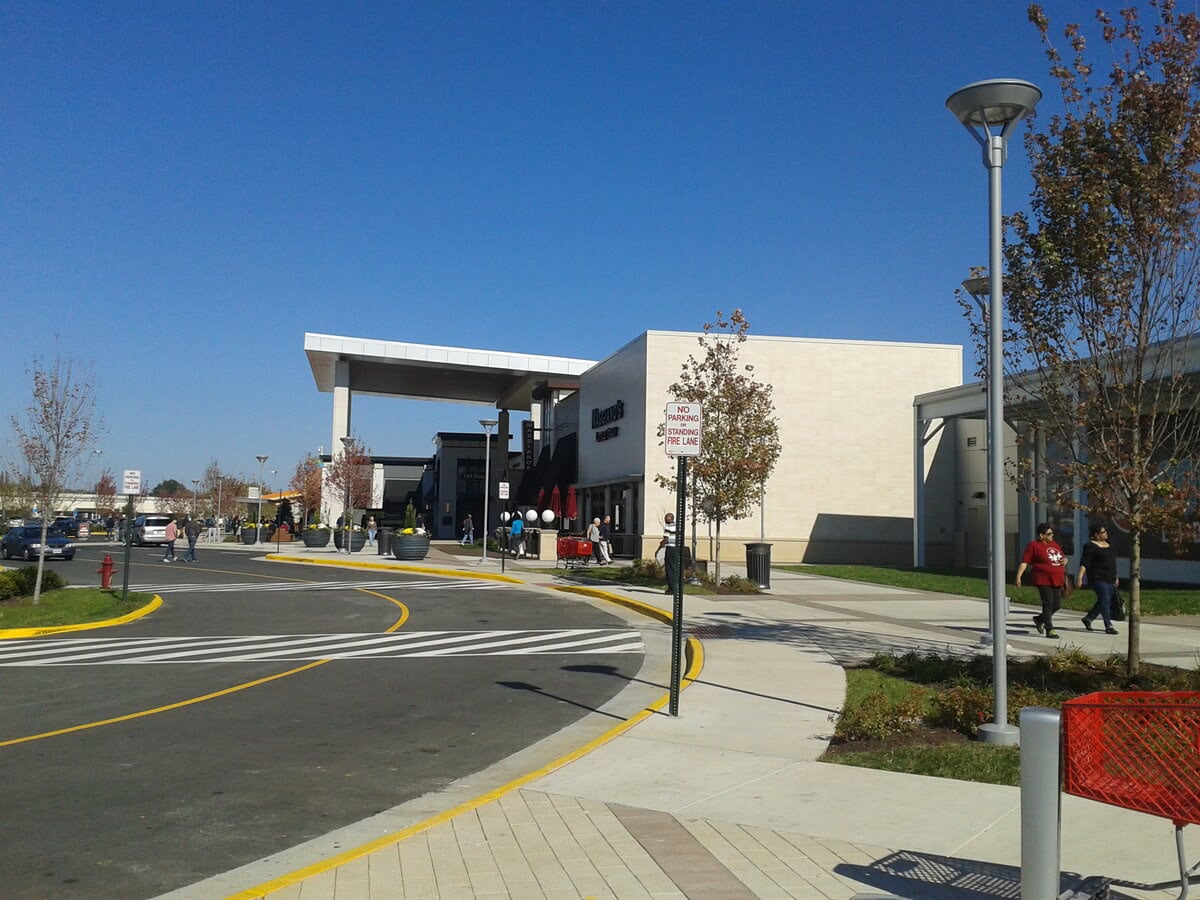
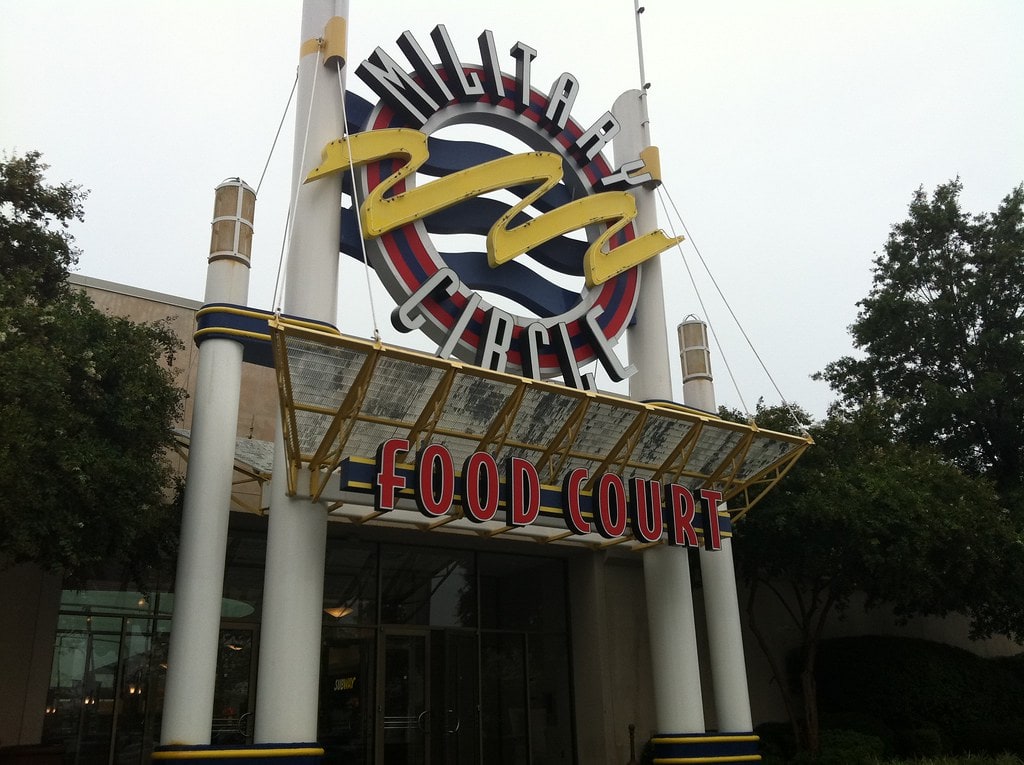
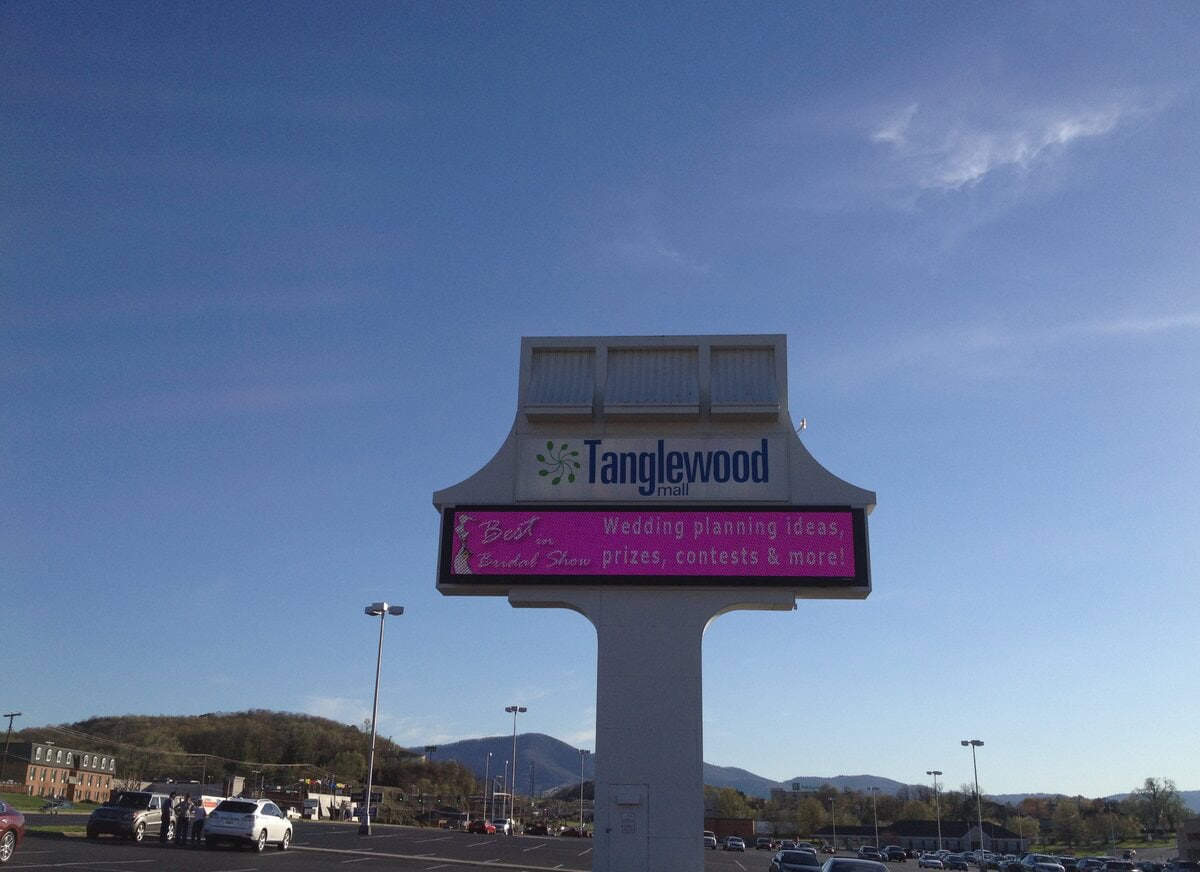
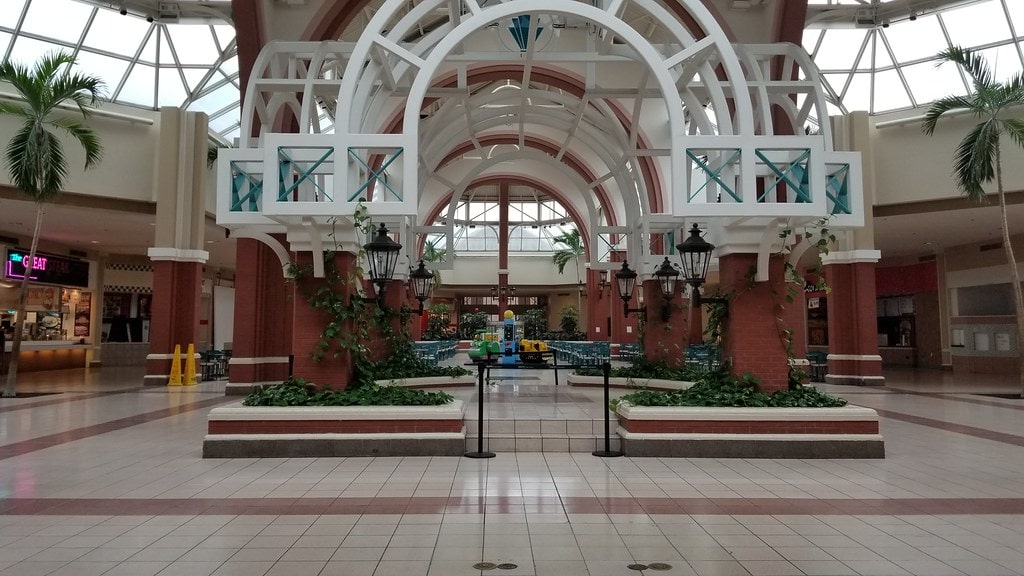
always loved the landscaping of the Mall. Hoping they will preserve the beautiful trees and flowers whichever they decide for the mall....
That’s a great observation! The trees and flowers add so much charm. Fingers crossed they preserve the natural beauty.
Personally, I see enough of these places where they mix restaurants & businesses with housing & that's fine. However, it would be nice if the restaurants left are closed because they're terrible. I don't know what kind of entertainment they're talking about but, they need to consider the demographics. We need better restaurants & if they're going to put chains then go with eateries like Baker's Crust. We don't have any delli's or bakeries. I loved Tuesday Morning but they closed too so, it would be nice to have something like that again. We don't need overpriced boutiques. Our community would like to know when they're going to start working on these plans instead of clearing all the forests to build more housing etc...we like having nature & openess. All these new condos & businesses are just bringing more people = more traffic. Forcing the wildlife to move & taking away the country feel we moved out here for. Too much building & less quality of businesses.
Your comment really highlights the need for balance between growth and maintaining community charm. Thanks for sharing your thoughts so eloquently!